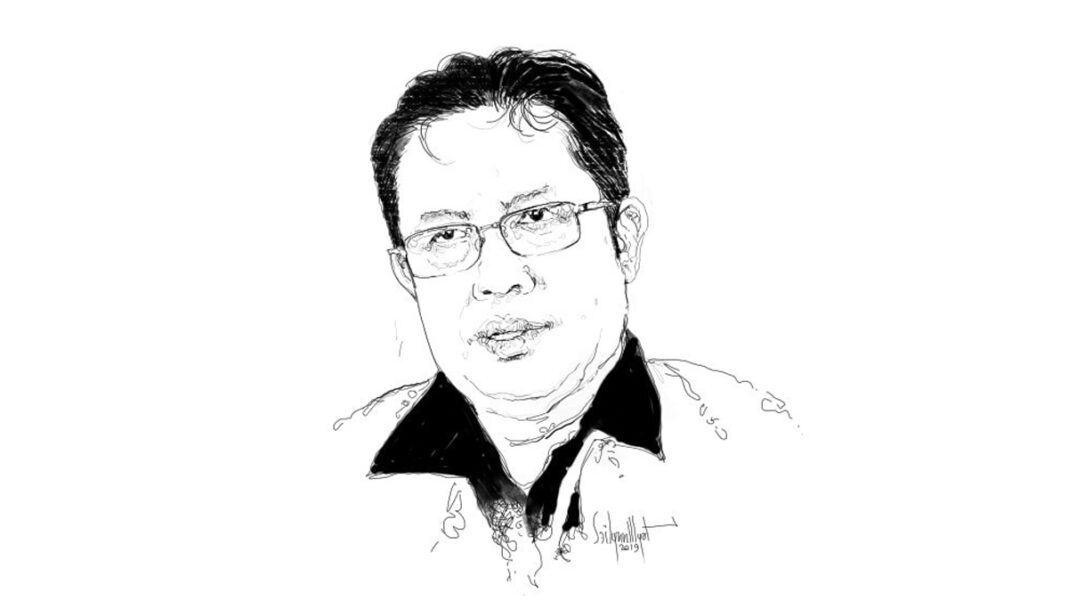The Ethnic Armed Organizations (EAOs) continue to struggle with internal divisions, making ideal ground for the Myanmar military’s divide-and-rule strategy to not only flourish but also significantly hinder their collective advancement and effectiveness.
EAOs are categorized into different groups. Some are members of the Nationwide Ceasefire Agreement (NCA), including the Restoration Council of Shan State/Shan State Army – South (RCSS/SSA-S), the Lahu Democratic Union (LDU), and the Pa-Oh National Liberation Organization (PNLO) which continue to engage with the military regime. On the other hand, there are those who oppose the NCA and continue to engage in conflicts with the military, such as the Kachin Independence Army (KIA), the Myanmar National Democratic Alliance Army (MNDAA), the Ta’ang National Liberation Army (TNLA), and the Arakan Army (AA).
There are also non-NCA groups that do not actively oppose the military regime but instead cooperate with them. These include the United Wa State Army (UWSA), the Shan State Progress Party/Shan State Army-North (SSPP/SSA-N), and the National Democratic Alliance Army (NDAA).
There are recently formed armed groups that are cooperating with the National Unity Government (NUG) and are actively engaged in combat against the military. For example, the groups in northern Shan State such as the People’s Defense Forces (PDFs), including the Kachin People Defense Force and the Ta’ang People Liberation Force/Ta’ang People Liberation Army (TPLF/TPLA).
But there are other recently established groups that are either fighting against the military or backed by the military. These groups include the Danu Army, the People’s Liberation Army (PLA), the Bamar People’s Liberation Army (BPLA), the Karenni Nationalities Defense Force (KNDF), and the Democratic People’s Liberation Front (DPLF), the Pa-Oh National Defense Force – Kham Kaung (PNDF-KK), which are active in southern Shan State and border areas of Karenni State.
It is reported that the combined strength of the EAOs and recently established armed groups in Shan State totals more than 70,000 personnel equipped with a range of weapons. Notably, the UWSA and RCSS/SSA-S alone employ almost 50,000 people. This translates to two individuals out of every 100 in Shan State’s 6.8 million population being enlisted in EAO groups.
In contrast, the personnel of the Myanmar military in Shan State consists of about 54,000 personnel organized into 308 corps, including 19 command and control corps, 147 infantry corps, 36 artillery corps, 7 armored troops, 5 border operation units, and 4 army airspace command and control units, along with 90 other corps, including intelligence, signal, medical, finance, engineer, and transportation. The military also has its own people militia groups that are mainly responsible for local security and intelligence activities.
However, it is reported that although the military has around 54,000 personnel, only about 50 percent (approximately 27,000) are considered active combat soldiers, while the other 50 percent serve in various support and operational roles.
In addition, it is important to note that there are other militia groups that operate independently of the military’s direct command structure, as they are either organized by the EAOs in response to the region’s complex and shifting dynamics or motivated by their distinct objectives and interests.
The question arises as to why the Tatmadaw, with seemingly half the strength of the EAOs, can effectively combat them. This issue prompts a need for the EAOs to reconsider their strategy.




